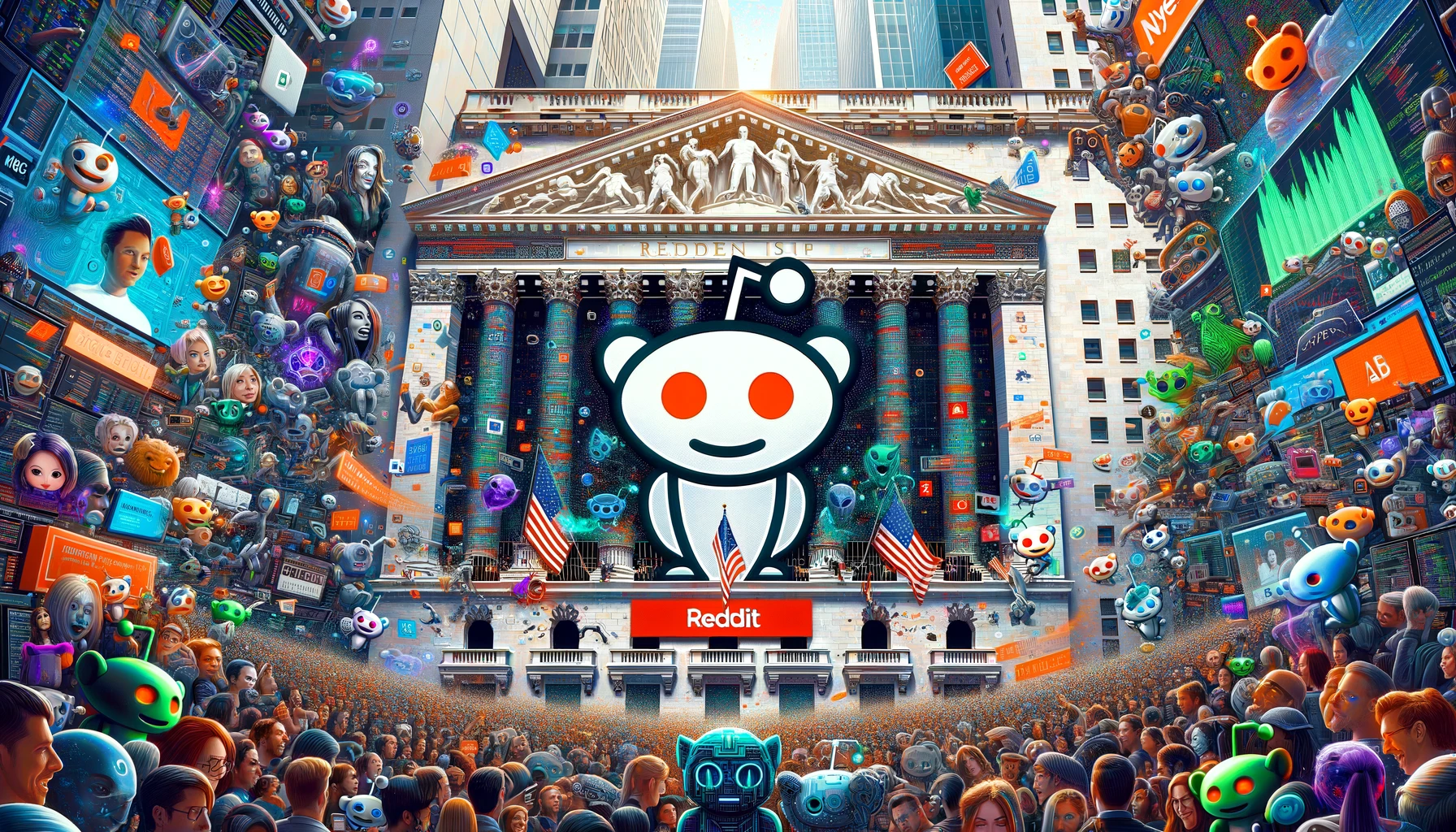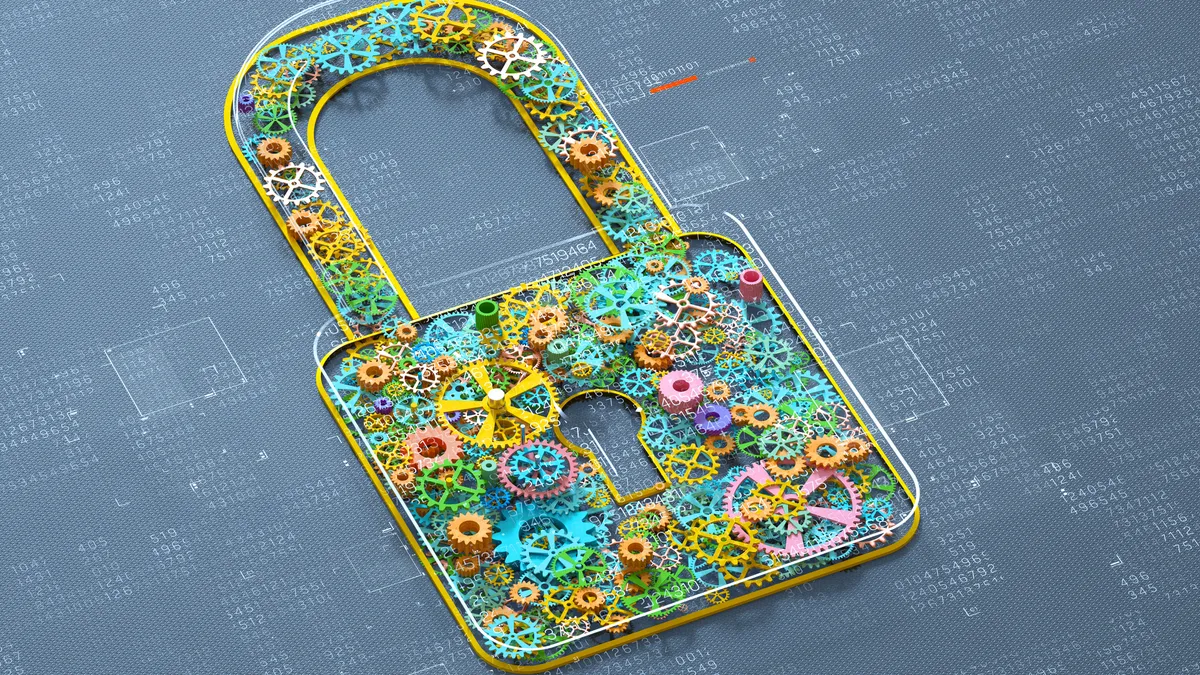自助结账技术能弥补损失吗?
在零售商怀疑之中,科技公司提供潜在的自助结账解决方案
“`html
AI is onto you for not being honest at the self-checkout in supermarkets!

这是超市结账柜台上令人好奇的时刻。有一段时间,商店似乎在越来越多地投资于自助结账技术。🤔
这种做法完全可以理解。这似乎是一个不错的投资,可以避免雇佣过多员工并帮助削减成本,这正是低毛利零售企业所渴望的。但自助结账技术的实际应用则没有那么理想。虽然一些顾客喜欢能够在自助结账柜台上快速结账而无需与任何人交谈,但其他人却感到有些愤怒。😡
甚至有一位罗得岛政客试图推出一项法律,阻止超市同时开放太多自助结账柜台。这位政客认为她不应该做一名人类员工的工作。😱
同时,Target也决定在一些商店限制自助结账的时间,以减少其他超市称他们在自动机上曾经遭受的损失。这些损失的原因?显然是不诚实的购物者。🙄
一项研究表明,所谓的缩水—即因商品未付款而导致的损失—在自助结账柜台上可能是传统收银台的 16 倍。😱 与此同时,BBC发表了一篇文章:“‘它并未实现’: 自助结账技术的惨败。”🤯
This checkout is policed by AI 🚔
我开始感到沮丧,自助结账技术在没有充分考虑的情况下被推出。然而,德国的零售优化者提供了更乐观的看法。或许不足为奇的是,这种积极性来自迪堡尼克斯多夫零售技术副总裁马特·雷德伍德。毕竟,他的公司对此颇有兴趣。😏
雷德伍德表示,在德国,“零售商录得了越来越多的库存差错”。他承认“无意或故意遗漏扫描、条形码操纵,或是顾客在不付款的情况下离开结账区”都是问题。😫
他却相信,有解决办法—那就是由AI提供支持。雷德伍德在文章中解释说,迪堡尼克斯多夫的AI 动力软件套件,即‘Vynamic Smart Vision | Shrink Reduction’,将在降低非付款行为上产生显著影响。此技术套件与一位拿着平板电脑或手机的员工进行通讯。📲
该技术整合了几款软件。其中一个应用程序自动识别酒类购买者的年龄,还有一个号称可以立即识别水果和蔬菜(许多顾客的主要困扰物品之一),还有一个会进行一些警察工作。🍎🍌🕵️♂️
该公司的YouTube视频承诺了“零售AI革命”,这应该会让超市业主🛒和顾客们都满意。🤗
基本上,这套软件意味着您在自助结账时将会受到更严密的监控。如果您—无意或有意—把商品塞入口袋,超市员工将立即收到警报。😮
您看,通过这个系统,从您头顶的摄像头拍下的画面。所以微笑,不要调皮。😉 雷德伍德明确表示,这款软件应该可以解决几个问题。例如:“如果扫描的条形码与商品不匹配—比如将香蕉的标签贴在威士忌瓶上—以及商品故意或无意中未被扫描。”🍌🥃
还有一个问题,“当两件商品相互摆放,客户将商品贴在扫描器前而未实际扫描,或在取消交易后未付款就离开自助结账柜台。”😬
也许您会想知道,这种高空摄像头是如何检测到这些违规行为的。这款软件迅速进行了AI 动力视频分析,可以看作是一名巡逻警察低声说道:“嗯,这里有些不对劲。”🕵️♂️💡
然而,该软件首先呼吁您的诚实,提醒您可能出现的异常。但这项技术仍不依靠您的诚信:“与此同时,应用智能助手的方式通知员工操作不正确。”🚀
“““html
And Diebold Nixdorf’s software does offer the retailer one more option: it can shut down the self-checkout machine, just like that. 💔
Will AI get it right? 🤔
It seems that the whole approach relies on the speed and accuracy of AI-powered video analysis. In which case, the process better be right or there might be some huffing and scuffling. 🤨
Yet Redwood believes his company’s software—specifically its claimed accuracy—will benefit store employees: “In cases where the customer has unknowingly made a mistake, they can provide support without directly assuming theft and thus scaring the customer off.” 😅
But what about if a customer is simply pulling a fast one? Redwood says: “In the event of an obvious attempt at fraud, security staff can intervene immediately, and employees are protected from potentially critical situations.” 😎
Personally, I’m fond of my local supermarket’s checkout staff. And at Trader Joe’s, which insists it’ll never host self-checkout machines, there’s an extra joy to be bathed in when you can chat with staff about the everyday issues of life, even if only for a moment. 😌
Still, you can’t say Diebold Nixdorf isn’t trying to make self-checkout more profitable. And in an age where many people aren’t all that interested in, well, other people, the number of customers I see paying with their phones and not even looking at a store cashier is a touch chilling. 😱
In fact, I believe Diebold Nixdorf may have nixed many of the problems retailers are facing with self-checkout. But will customers really love it? Oh, perhaps. 😄
🌟 Q&A: What Else Do You Want to Know? 🌟
- Are there any other solutions to address losses in self-checkout technology?
- While AI-powered video analysis may help reduce non-payment losses, there are other solutions being explored. For example, some supermarkets are implementing weight sensors on self-checkout machines to detect if an item has been added to the bagging area. Additionally, implementing better training programs for store employees who monitor self-checkout areas can also help minimize losses.
- How can supermarkets build trust with customers in self-checkout technology?
- Supermarkets can build trust by improving the accuracy and usability of self-checkout technology. Regular maintenance and calibration of machines are vital to ensure they function properly. Clear instructions, intuitive interfaces, and effective error handling can also enhance customer satisfaction. Furthermore, providing customer support within the self-checkout area, either through on-site employees or virtual assistants, can help address any concerns or issues customers may have.
- What are the potential future developments in self-checkout technology?
- Self-checkout technology is likely to continue evolving in the coming years. We can expect improvements in accuracy and efficiency, thanks to advancements in AI and machine learning algorithms. Facial recognition technology may be integrated to enhance security and prevent unauthorized transactions. Additionally, mobile payment options, such as scanning barcodes with smartphones, may become more prevalent, further streamlining the self-checkout experience.
🔗 Additional Reading:
- The Success and Challenges of Self-Checkout Technology
- How Supermarkets Are Leveraging AI to Enhance the Checkout Experience
- The Role of AI in Retail Theft Prevention
- The Future of Retail: AI-Powered Shopping Experiences
- The Rise of Mobile Payments: A Game-Changer for Self-Checkout
Now it’s your turn! Have you had any interesting experiences with self-checkout technology? Share your stories in the comments below and let’s start a discussion! Don’t forget to share this article with your friends and followers on social media. 😄📲
“`






